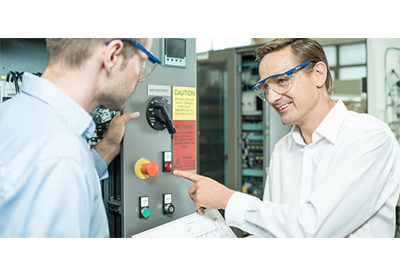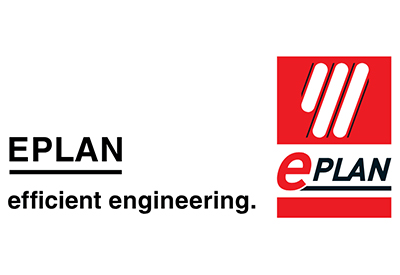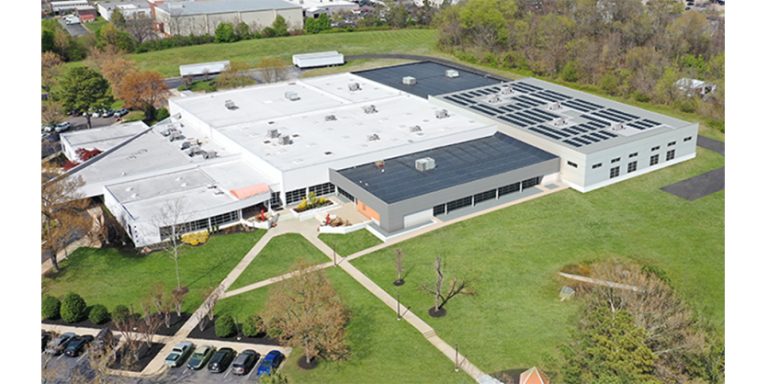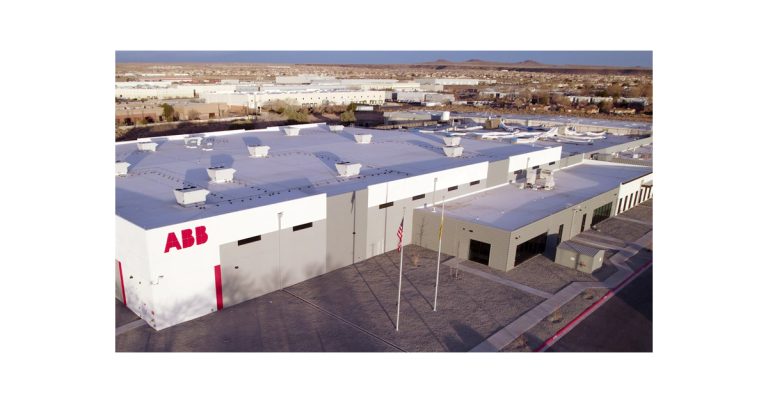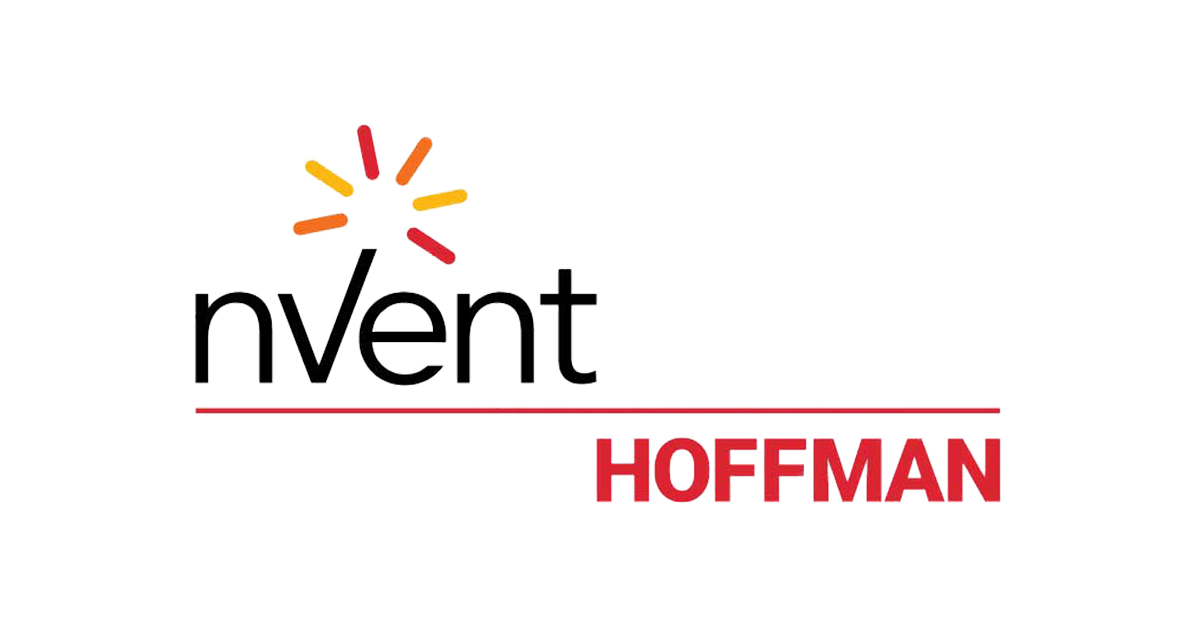Get People Onboard with Flexible Manufacturing

November 2, 2020
Never have we seen the world change so quickly. With the onset of COVID-19, more and more organisations are looking to flexible manufacturing. If it’s something you’ve already been considering, you might now feel more motivated to make a change than ever before.
In this article, Matt Graves of Kalypso, a Rockwell Automation company, and Arup’s Rachel Wilson explain the benefits of flexible manufacturing, and how you can get your people onboard with the associated changes to get more from your technology investments.
Why Flexible Manufacturing?
Across the globe, there’s increasing appetite for flexible manufacturing processes. Why? Because, while some organisations are struggling to keep up with demand, others are struggling to keep the lights on. And others have changed production to support the pandemic efforts. For instance, you might be one of the many manufacturers that has switched to producing PPE and ventilators.
Next, there’s the growing focus on responsible production. Flexible processes allow you to minimise waste by only producing what’s needed.
What’s more, today’s consumers are more demanding than ever – and it’s important that manufacturers can adapt to today’s ‘want it now’ culture. Consumers are demanding faster lead times and more customised products, all with less impact on the environment.
The marketplace is changing too. Some companies have managed to create fresh operating models based on new manufacturing technologies – Uber and Amazon spring to mind most notably. At Kalypso, we believe we’ll see this kind of disruption occurring more frequently in the near future. However, if you’re not looking for something quite as radical, flexible manufacturing can help you stay proactive and relevant.
What Does it Mean to be a Flexible Manufacturer?
Flexibility is about speed to adapt. It’s about creating a seamless flow from need to delivery. True flexibility empowers manufacturers to stay in tune with their market, by replacing rigid and static operating models with levels of control and responsiveness never previously thought possible.
Think about the traditional customer to product lifecycle. It’s a linear model that takes you from market need, to product development, to prototyping with customer feedback, to production then sales. With flexible manufacturing, however, you can be much closer to your customer. Much closer. For instance, a consumer might drive a car that feeds performance data back to the manufacturer via an embedded SIM. Or they might wear running shoes that transmit data straight back to the brand.
By tying sales, marketing, and customer feedback efforts more directly with production, you can understand who the customer is, what they want, and how they want it delivered, at any given time. Meaning you can adapt production as you go along.
Where do People Come into it?
So, flexible manufacturing can help organisations make much-needed changes. But having the right technology in place is only one side of the story. To make positive changes in your organisation – for today and tomorrow – you need to have the right culture and mindset as well.
When it comes to embracing Industry 4.0, integration between departments is key. While new technology can bring data and systems together, getting your people to communicate/collaborate is just as important – and absolutely essential if you want to gain the maximum return on investment. To do so, it’s best to consider the four pillars of collaborative working.
1. People. Winning hearts and minds is the first step to ensuring collaborative behaviour.
2. Processes. Next, you need to strip back and re-build all the associated processes, by keeping the good, binning the bad, and adding the best.
3. Facilities. Then, you need to assess how well your factory/workplace environments enable people to work together.
4. Technology. Finally, you need to consider how you can harness digital, every step of the way. Think dashboards, performance measurements, and turning data from boring to brilliant.
How Can You Engage Your Workforce?
To successfully adopt new technology, you need to cultivate a new way of doing things. A new culture. And a new mindset. For example, consider this – a new piece of supply chain software that improves the ordering process. While back-office staff might already have the right mindset to dealing with changing technologies, it can be a challenge to get the wider workforce to adapt. People become used to – and almost fond of – particular types of software and ways of doing things, after all.
So, when you do find yourself in this position, the questions you should be asking are: how can you get people onboard with new ways of working? How can you engage people, so they’re not only up to speed with using the new tech, but excited to do so? How will you get them to realise that this new technology will make their lives easier? Furthermore – with many of us suffering digital fatigue at the moment…
How Can You Engage People with Yet Another Form of Technology?
The answer is: with the right kind of coaching. People need to be onboarded with complex, exciting tech in a way that makes it easy to use and get behind. Because technology is only as valuable as the people using it. When coaching your workforce, you need to consider ‘skill’ and ‘will’. While ‘skill’ covers technical and professional competencies, ‘will’ covers behaviours, attitudes, culture, leadership, collaboration, and resilience.
If you want your workforce to buy into a new initiative, you need to lead from the front. This might require coaching leaders on how to deal with changes regarding flexible manufacturing. Once empowered with knowledge, they can cascade what they’ve learned down and throughout their teams. When your leaders know they’re supported by the likes of Kalypso or Arup, they can feel confident in the new technology and processes.
Communicating the employee and customer benefits is also key. If you’re asking your workforce to buy into something, they need to know that it’s going to make their lives easier or better – and the customer offering more relevant or cost-efficient. When you have everyone’s buy-in, your processes will run smoother, your employees will be happier with the changes you’ve put in place, and everyone will be using your technology to the best advantage.
What’s Next?
When you have the capabilities to rapidly adapt your offering and adjust your manufacturing operations, you can:
- – Shorten timeframes and increase proactivity.
- – Synchronise information across systems and across the product lifecycle.
- – Understand how customers are using products in real time (like when Nike put sensors in its trainers, and BMW embedded SIM cards in its cars).
- – Ensure better integration and collaboration between departments.
- – Be proactive and stay one step ahead of the competition.
But if you don’t have the culture and the mindset – if you’re unable to win hearts and minds across your organisation – your efforts to effect change could fall flat on their face.
To adapt to changing market conditions – both short-term shocks and longer-term trends – you need to identify where potential barriers and bottlenecks exist. This requires a comprehensive review of every area that contributes to how you meet your market’s needs. Such a review will not only help you resolve frictions, but better allocate resources for ongoing improvement.
![]()

